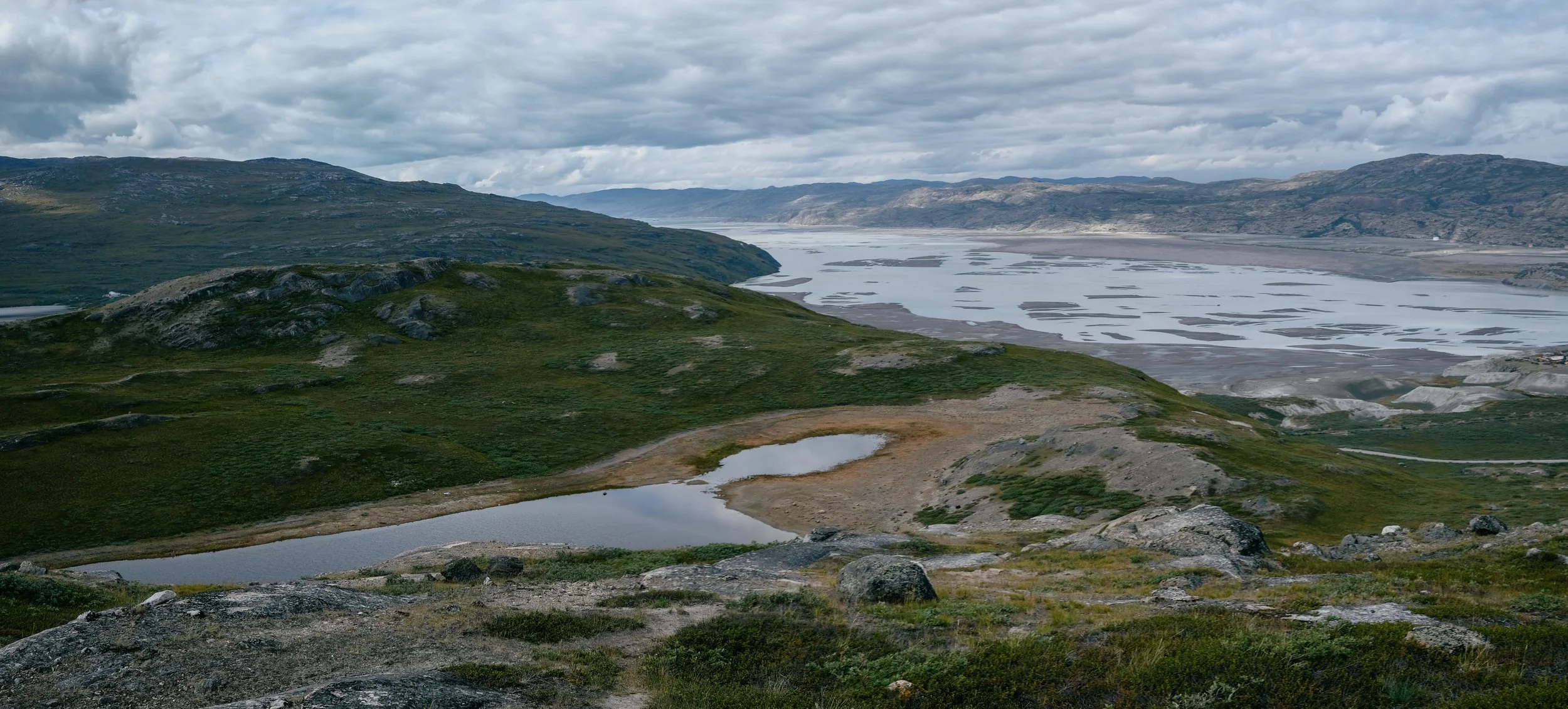Return to Kangerlussuaq, Greenland - Fieldwork during COVID-19
I returned to Kangerlussuaq in August 2021 after more than a year of COVID-19-related lockdowns in order to collect additional concretions and sediment to better understand the history and causes for exceptionally preserved capelin concretions. This time around, the trip was tightly constrained by the number of flights allowed into Greenland, numerous PCR tests for entry and re-entry into three different continents, and quarantine requirements. Fortunately, the virus and arctic weather permitted an uneventful and fruitful field expedition.
With a new set of concretions, we have now conducted a multi-proxy (i.e., lipids, proteins, DNA) analysis of organic matter preservation.
This trip was made possible by the American Philosophical Society (APS) Lewis and Clark Fund for Exploration and Field Research in Astrobiology.
Waiting to board the last Air Greenland flight to Kangerlussaq from Kastrup Airport (CPH). Flights were operating at 50% capacity and everyone needed a negative test within 48 hours of departure. Good thing the Danish Government was also providing free tests to non-residents.
Flying over East Greenland was my favorite part - this is probably what Kangerlussuaq fjord looked like 10 kya.
Looks like new channels have opened up since I last visited. I immediately took a walk to see what I could find before lunch.
I stayed at Old Camp - an old US Army Military camp turned Hostel.
The concretion-bearing glaciomarine sediments are conveniently located 15 minutes away. Can you spot the fossil? 👀
Jackpot!
On the left we see a profile view of the glaciomarine deposits and on the right we see the meltwater outwash plain.
Walking on the outwash plain is actually incredibly dangerous because of quicksand!
Did I mention the deposits are right next to the airport?
Features of wind erosion are also very prevalent at Kangerlussuaq. Katabatic winds have significantly deflated (eroded) some sections of sediment that it almost resembles ‘desert pavement’.
The rock below is a great example of mechanical weathering by grains suspended in the wind.
Walking to town, however, is not a short distance.
Road to Lake Fergurson
Big Willie - the once “King of Kangerlussuaq”
Lake Ferguson
View of Kangerlussuaq from the Arctic Circle trail.
Kangerlussuaq weather station off to the left.
Walking back to town from Lake Ferguson
Let’s get back to the lab and open some concretions!
and now the samples!
